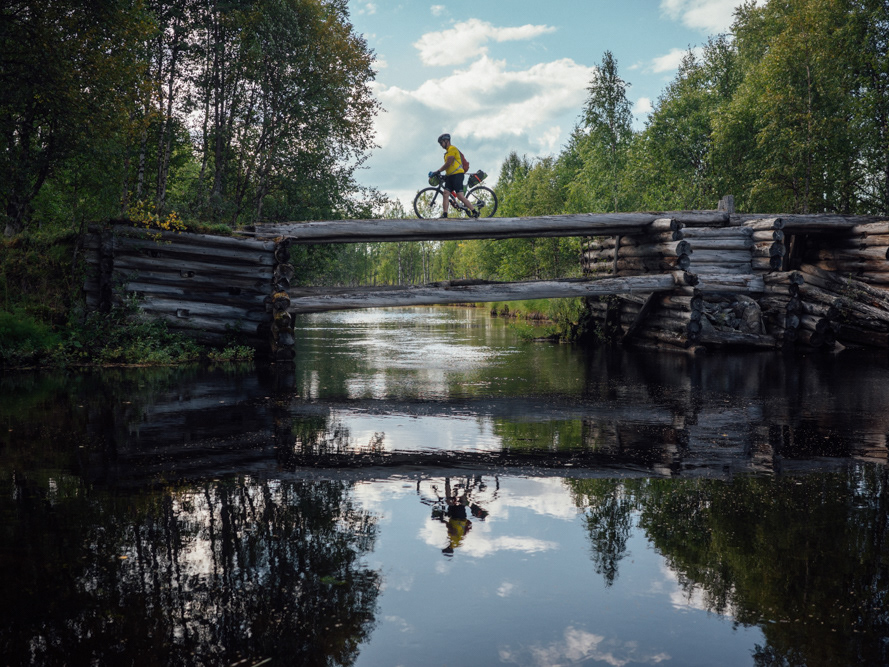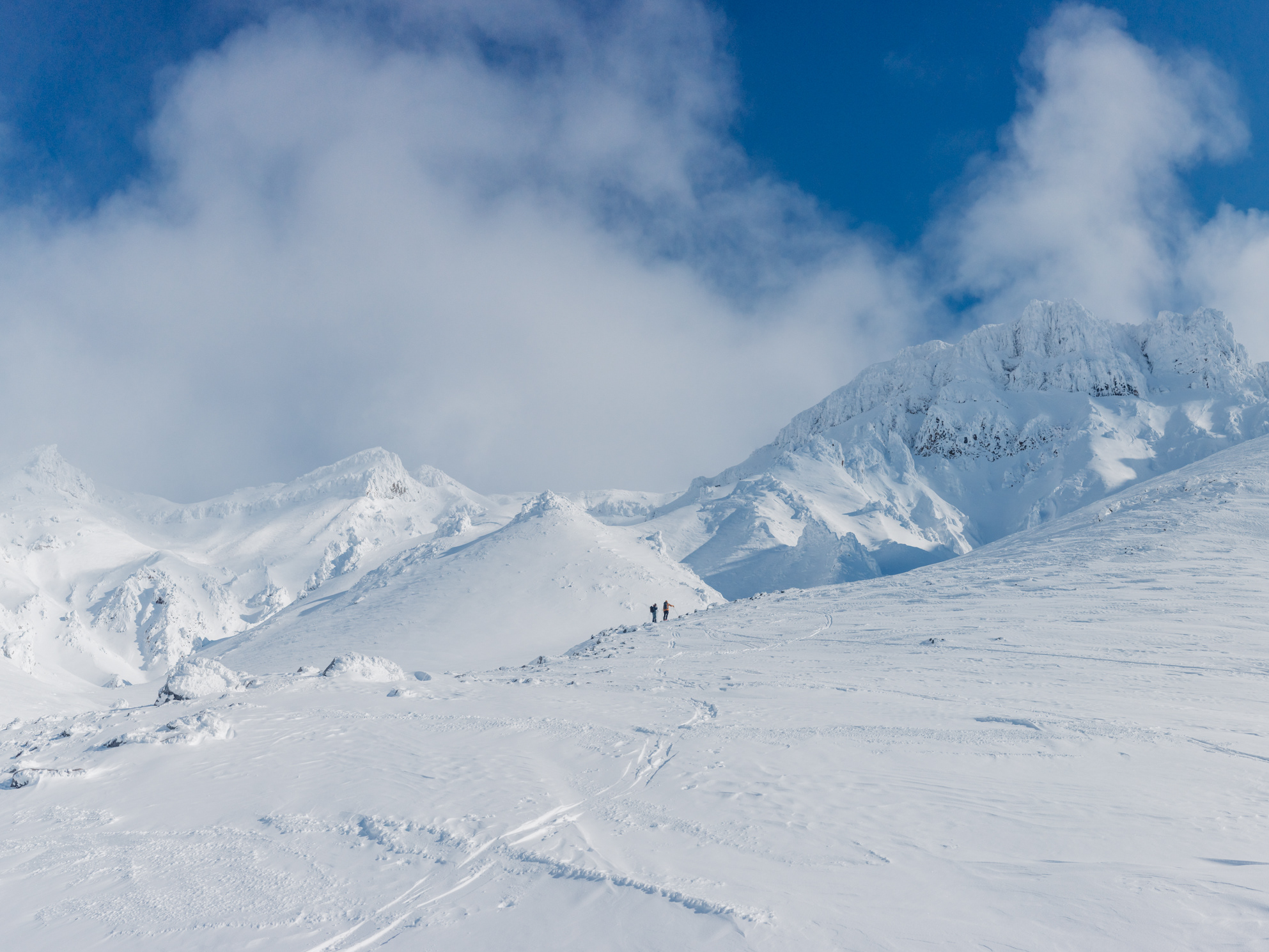As a photographer of the digital age, I’ve spent years navigating the world of pixels, instant previews, and the convenience of RAW post-processing. But lately, I’ve found myself drawn to film photography. The slower, more deliberate process. The grainy textures, the soft colors and the unpredictability.
I started photography in 2006 just when digital technology was in full bloom, with cameras offering increasing megapixels, autofocus, and the freedom to shoot hundreds of images without worrying about film or developing costs. It was a time when the convenience of instant feedback was a game-changer—reviewing photos right after capturing them, making adjustments on the fly. Digital technology made learning photography easy, fast and cheap.

Minolta DX 50mm f1,4 PG Tri-x 400 35mm Developed in Kodak HC-110 1:31

Minolta DX 50mm f1,4 PG Tri-x 400 35mm Developed in Kodak HC-110 1:31
I have always had an interest to film photography but have been willingly avoiding it because the hassle of developing and scanning the negatives. Living in a quite remote and small town means that I need to send the rolls off to have them developed and scanned. This is not cheap and also as a somewhat lazy person the whole process of packaging and sending film seems too much of a hassle to me.


Mamiya RB67 out in the field (phone snaps)
So finally after years of thinking about it I finally this autumn bought a film develop kit which contains all the chemicals and equipment to develop film at home. Also I found good deals on a cheap Konica IIIA and Minolta DX 35mm film cameras from eBay to shoot a 35mm film to learn the develop processes.

First ever roll of film I have developed. It was so exiting to see these negatives on the film roll.

Development equipment and the chemicals for B&W work.

Minolta DX & Minolta MC lenses which I have been using for my video work
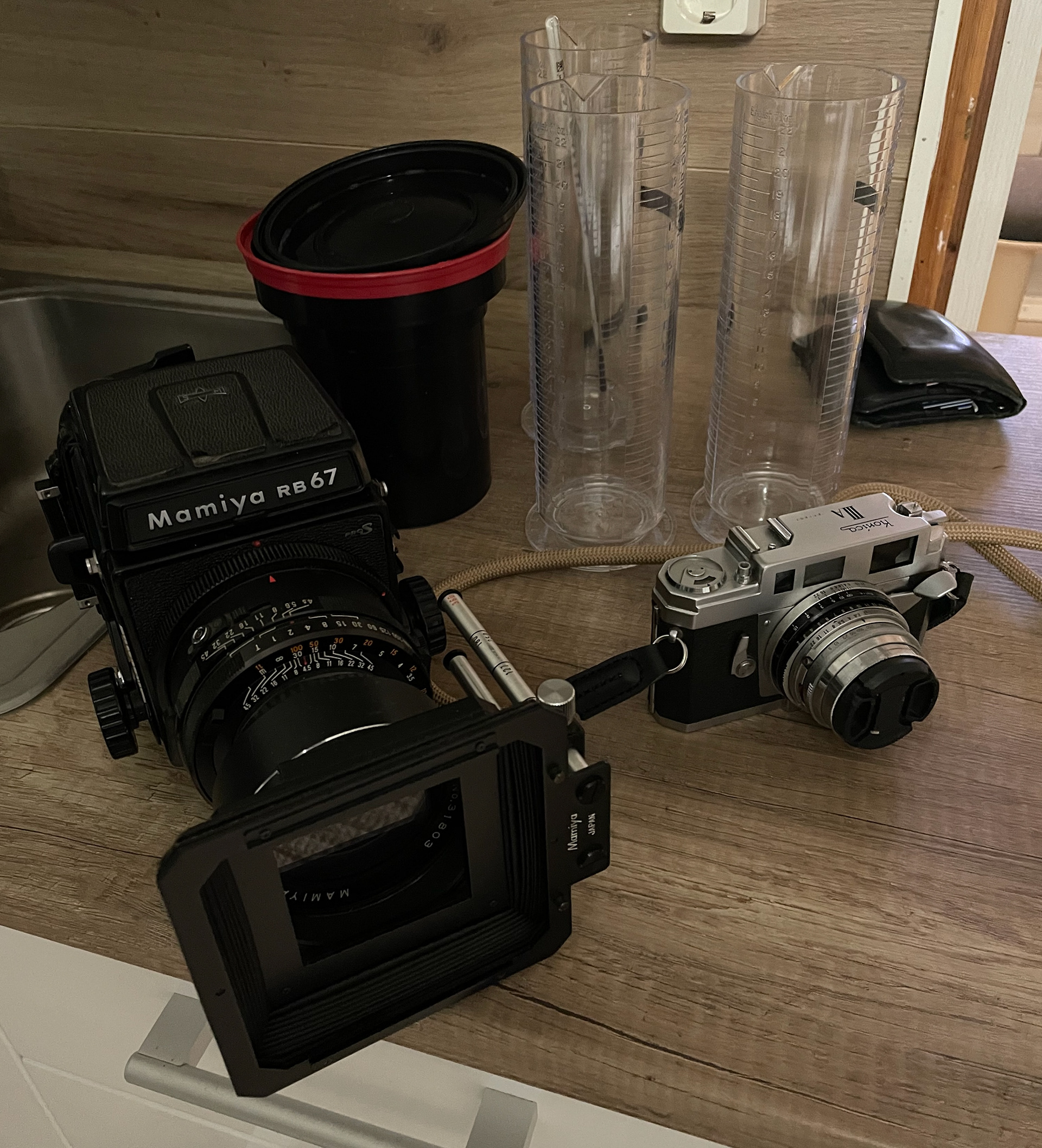
Mamiya RB67 & Konica IIIA
Film photography has a kind of magic that digital just can't replicate. For a digital photographer, the draw isn’t about making your images "better" or even about nostalgia. It's about experiencing photography in a different way. When you shoot with film, you’re no longer relying on instant feedback or the easy fixes in your editing software (mine is adobe Lightroom). Instead, you’re working with the inherent limitations and characteristics of film, embracing the imperfections and the surprises along the way.
One of the biggest appeals is the shift in mindset. Digital photography can feel somewhat like a race—snap a shot, check the result, make adjustments, and repeat. It’s fast and fluid, which is fantastic for capturing fleeting moments. But there’s something about film that slows things down. The process of manually advancing film, taking a moment to compose, and knowing you only have 24 or 36 shots in a roll or even less with bigger formats (10 in a 120mm 6x7) this forces you to be more intentional. Every frame feels more precious.
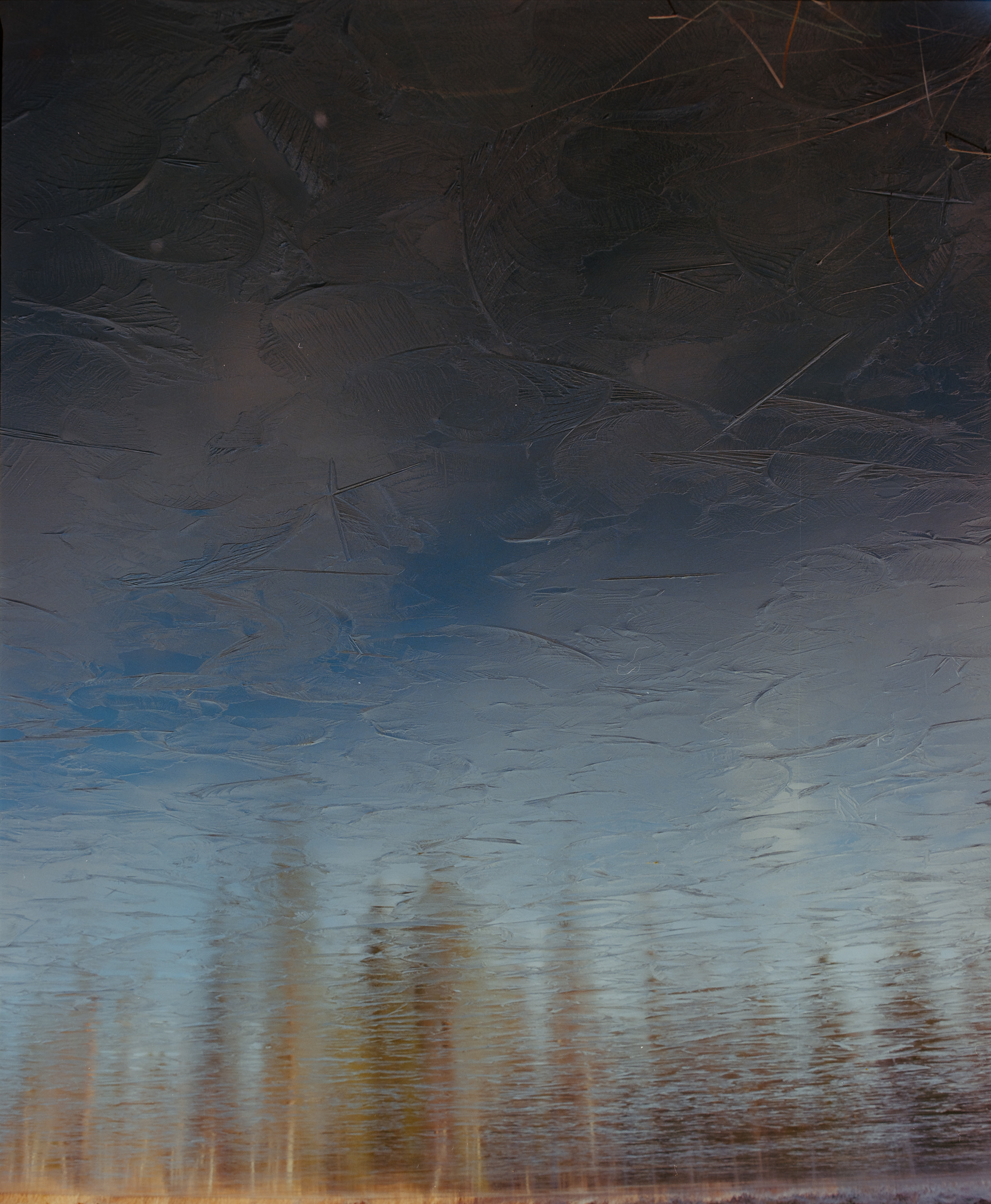
Mamaiya RB67 + 90mm f3,8 Sekkor-c lens + Lomo 400 120mm film

Mamaiya RB67 + 90mm f3,8 Sekkor-c lens + Lomo 400 120mm film

Mamaiya RB67 + 90mm f3,8 Sekkor-c lens + Lomo 400 120mm film

Mamaiya RB67 + 180mm f4,5 Sekkor-c lens + Lomo 400 120mm film

Mamaiya RB67 + 90mm f3,8 Sekkor-c lens + Lomo 400 120mm film

Mamaiya RB67 + 90mm f3,8 Sekkor-c lens + Lomo 400 120mm film
One of the few colour films I have shot so far. Lomo 400 in 120mm shot with Mamiya RB67. I needed a roll of 120mm film to test the 90mm Sekkor-C lens I managed to repair and this colour film was only one I could get in a hurry. Film developed in a shop. ( I don't have equipment to develop color film at home but I might get some in the future.)

Mamiya Sekkor-C 90mm f3,8 in the middle of a full CLA (Clean, Lube, and Adjust)
The challenge of film is, in many ways, what makes it so rewarding. You need to have an understanding of exposure (shutter speed, aperture, ISO) in a way that digital often allows you to bypass. You need to understand how light affects your images, how different films respond to certain conditions, and how to gauge your exposure based on intuition and experience.
One of the biggest contrasts between film and digital photography is the look of the final image. Film’s grain is organic and unpredictable, and for some, it’s a vital part of the aesthetic. The color rendition is also unique, with each film stock having its own characteristic palette.
After developing and scanning the first roll of TRI-X 400 and Ilford HP5+ I was instantly hooked. The grain, the slight imperfections and the tonal range. it was a reminder that every shot was an organic creation. Digital files can sometimes feel too perfect, too sterile. With film, there’s a sense of "humanity" to the image.

Konica IIIA 50mm f1,8 + TRI-X 400 35mm

Konica IIIA 50mm f1,8 + TRI-X 400 35mm

Konica IIIA 50mm f1,8 + TRI-X 400 35mm
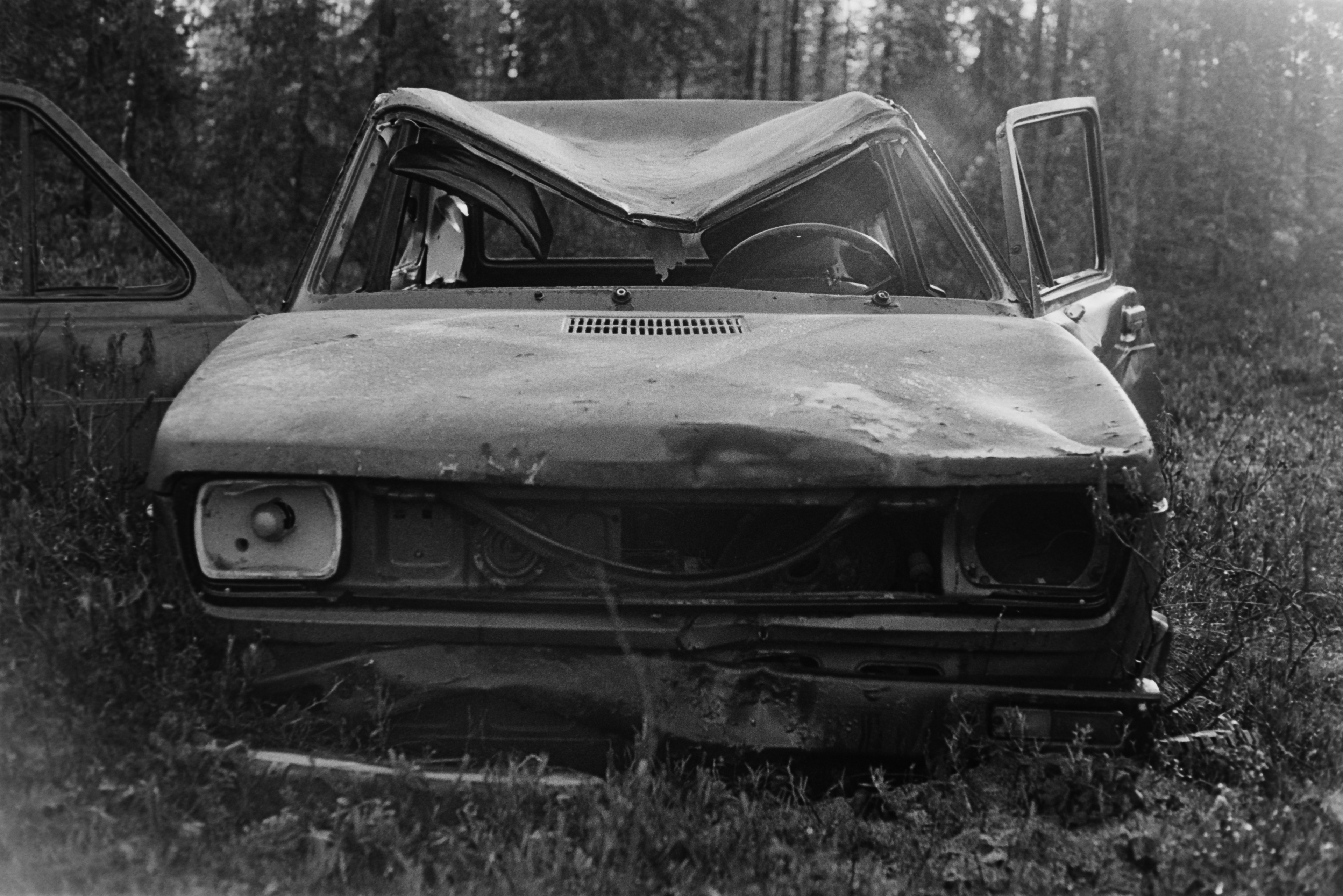
Konica IIIA 50mm f1,8 + TRI-X 400 35mm

Konica IIIA 50mm f1,8 + TRI-X 400 35mm

Konica IIIA 50mm f1,8 + TRI-X 400 35mm

Konica IIIA 50mm f1,8 + TRI-X 400 35mm

Konica IIIA 50mm f1,8 + TRI-X 400 35mm

Konica IIIA 50mm f1,8 + TRI-X 400 35mm

Konica IIIA 50mm f1,8 + TRI-X 400 35mm

Konica IIIA 50mm f1,8 + TRI-X 400 35mm
First roll of TRI-X 400 35mm that I have ever shot and developed. Developed in ILFORD SIMPLICITY Developer.
As a digital photographer, I’ve grown accustomed to shooting quickly, firing off burst shots to get the perfect frame. With film, that impulse had to be checked. I found myself pausing longer, taking more time to compose, and enjoying the act of waiting. The absence of a screen to instantly critique my images made me more mindful of every shot. When the roll was finished and before I got to developed it, there was a rush of anticipation—not just to see the images, but to reflect on the whole experience. How did I approach the scene? Did I made right choices with composition and exposure?
Developing film is a process in itself. By choosing to develop my own film at home, and creating a kind of DIY routine I feel more connected to the art form. There’s something magical about seeing the first signs of an developed negative appear in the developer tank.
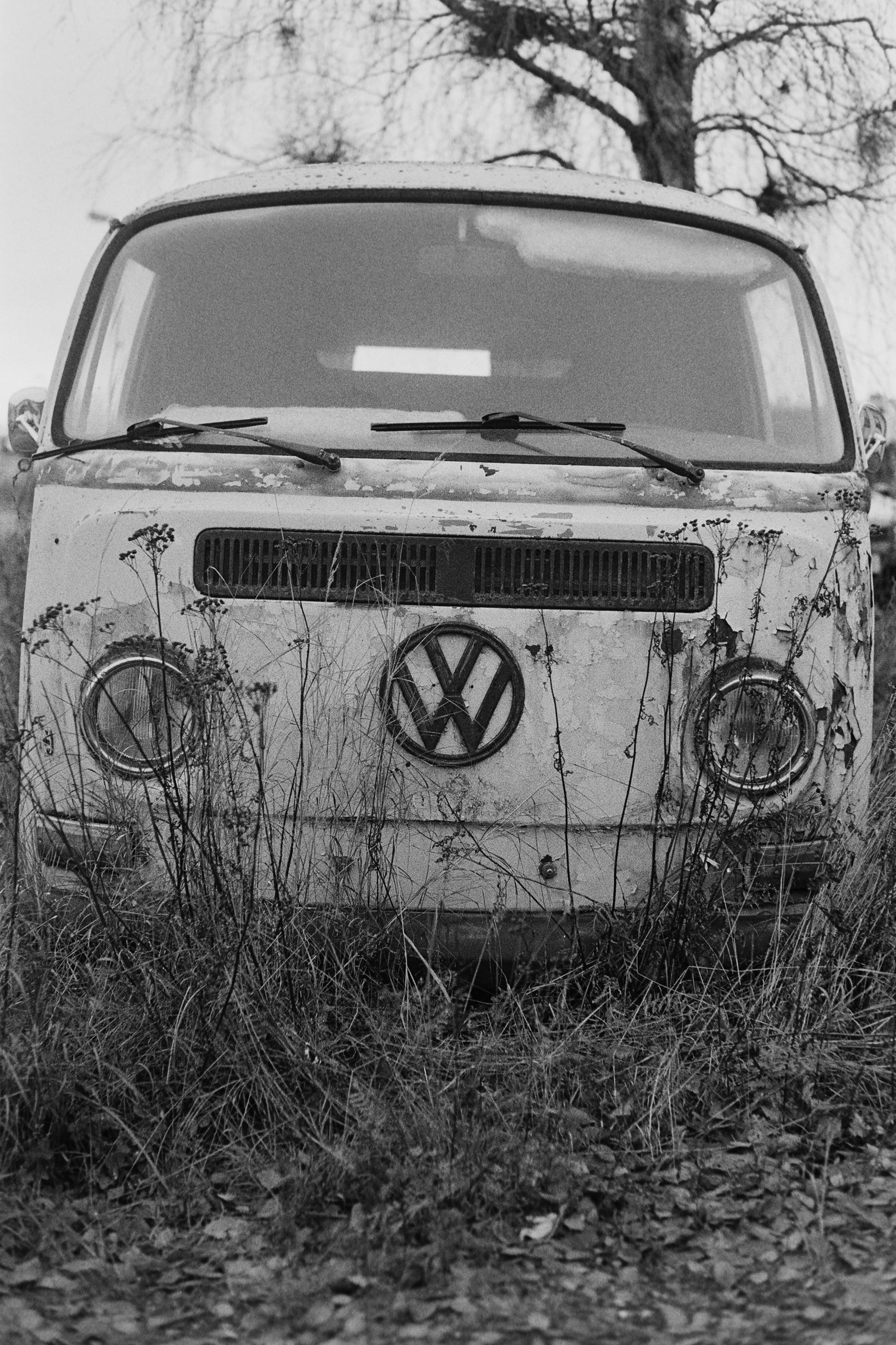
Konica IIIA 50mm f1,8 + Ilford HP5+ 400

Konica IIIA 50mm f1,8 + Ilford HP5+ 400

Konica IIIA 50mm f1,8 + Ilford HP5+ 400

Konica IIIA 50mm f1,8 + Ilford HP5+ 400

Konica IIIA 50mm f1,8 + Ilford HP5+ 400

Konica IIIA 50mm f1,8 + Ilford HP5+ 400

Konica IIIA 50mm f1,8 + Ilford HP5+ 400
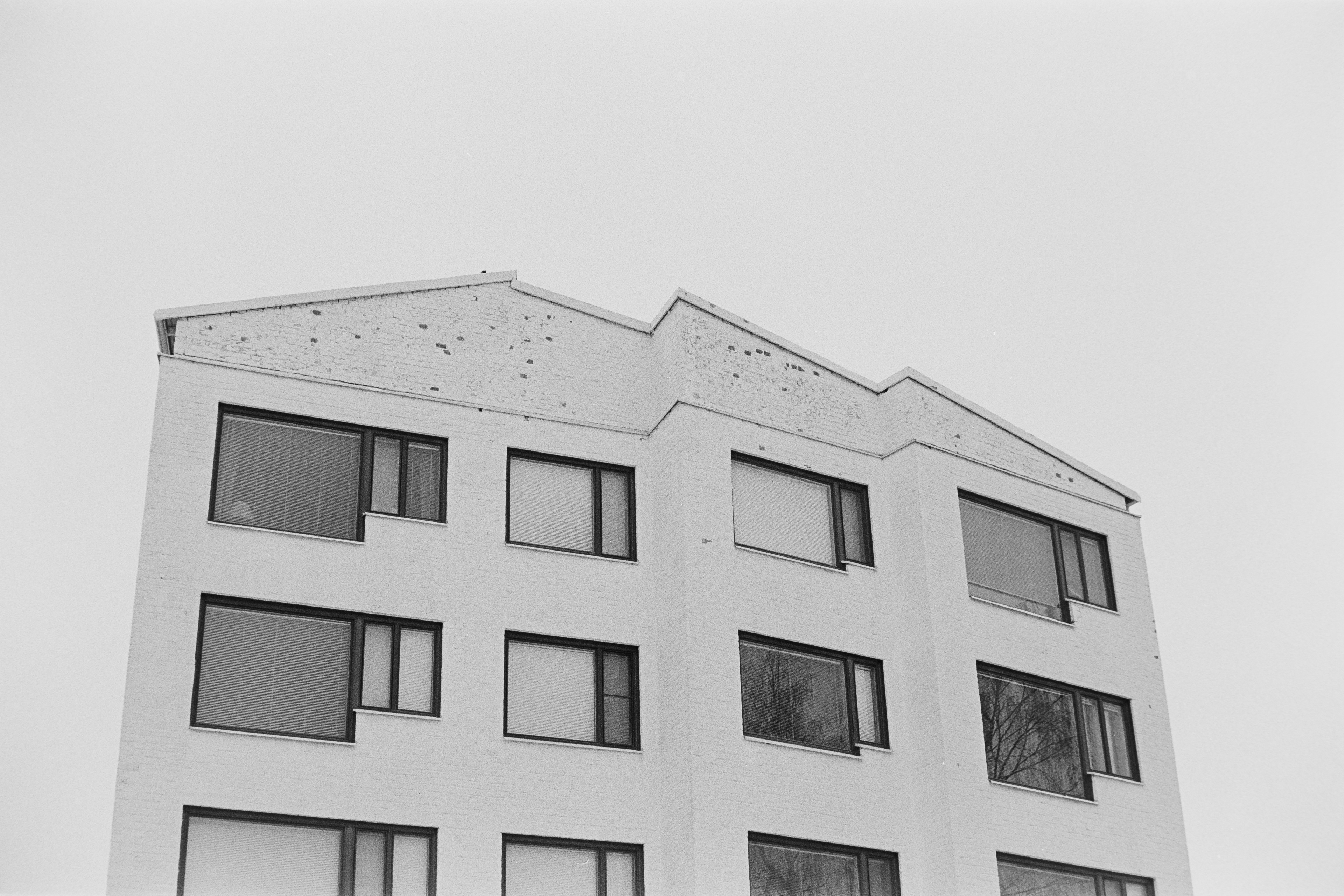
Konica IIIA 50mm f1,8 + Ilford HP5+ 400
Ilford HP5+ 400 35mm developed in HC-110 1:31
Developing film isn’t as straightforward as plugging in a memory card and opening Lightroom, but it can be incredibly satisfying.
There are certain things about film that digital just can’t replicate—its tactile nature, its texture, the sense of anticipation and discovery. For digital photographers, stepping into the world of film can be a rewarding challenge. It’s a chance to explore new techniques, refine your skills, and discover an entirely different way of seeing the world.


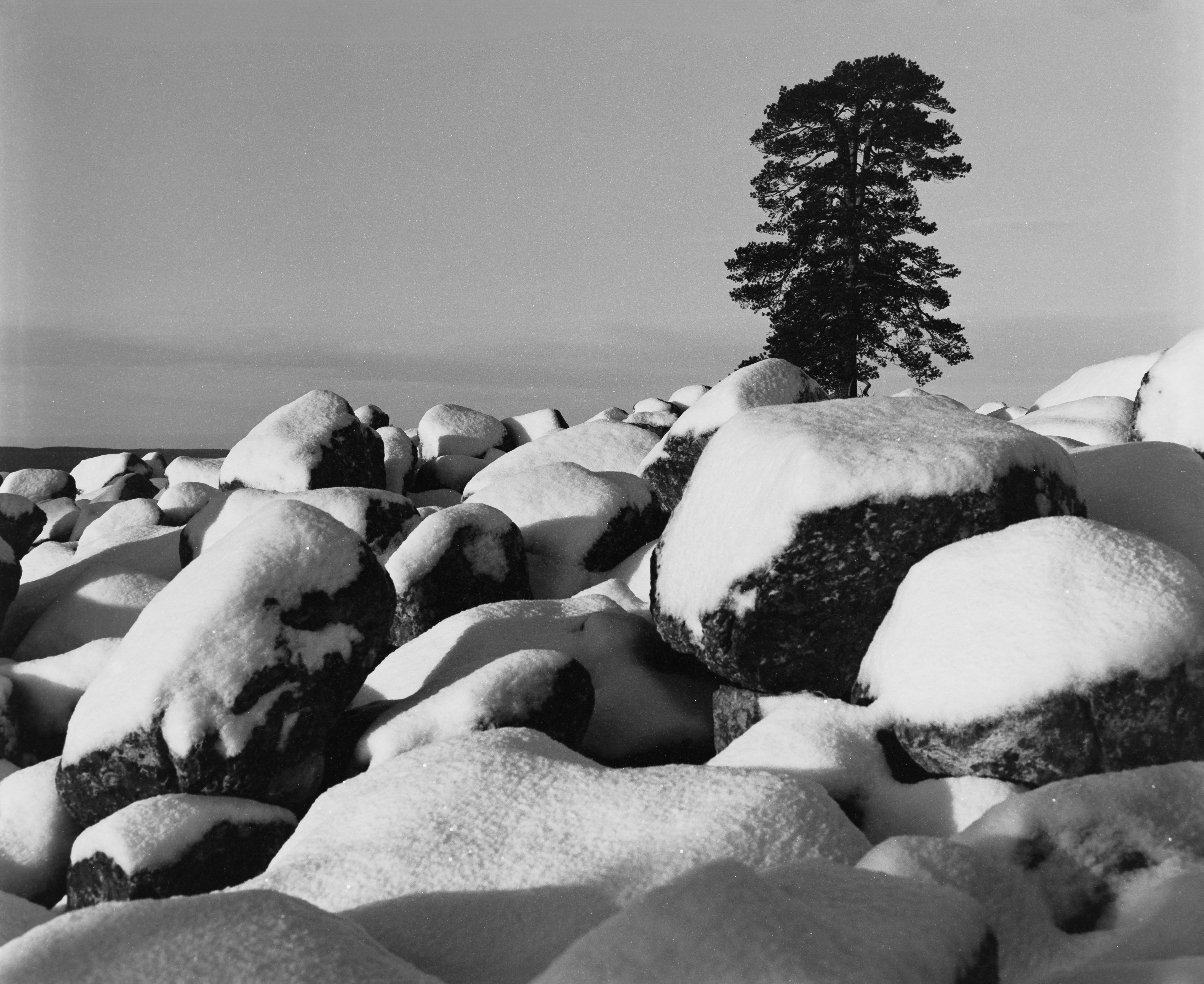

Mamiya RB67 + Mamiya Sekkor-c 90mm F3,8

Mamiya RB67 + Mamiya Sekkor-c 180mm F4,5
Mamiya RB67 + Fomapan 100 120mm developed in Kodak HC-110 1:31
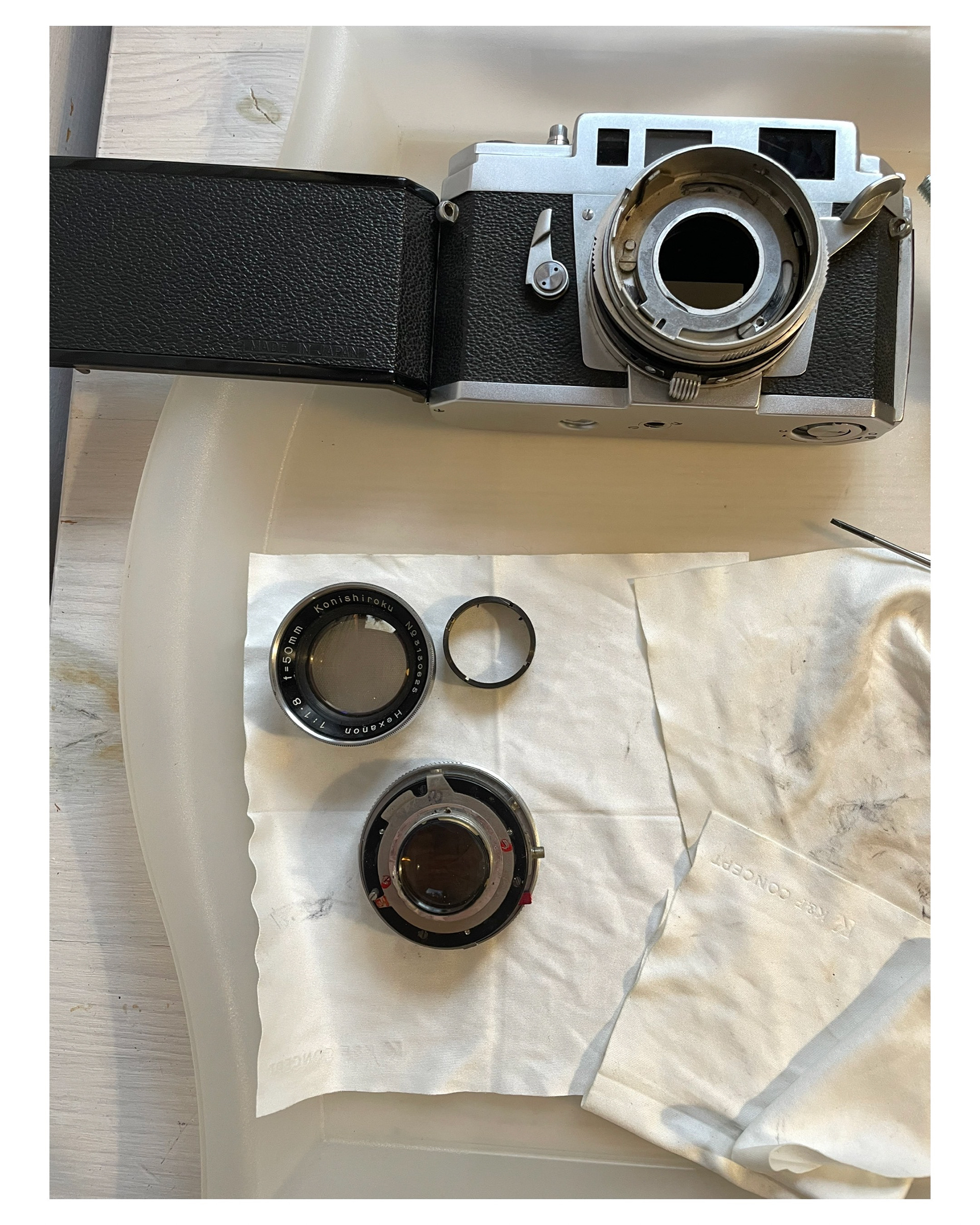
Did a full CLA to my Konica IIIA after having problems with it in cold temperatures.

Checking the accuracy of rangefinder after CLA.
Film photography isn’t just about nostalgia or retro aesthetics; it’s about slowing down, being present, and learning to appreciate the art of the image in its most raw form. As a digital photographer, diving into film has been the creative spark I was missing.

Konica IIIA 50mm F1,8 + TRI-X 400

Konica IIIA 50mm F1,8 + TRI-X 400

Konica IIIA 50mm F1,8 + TRI-X 400

Konica IIIA 50mm F1,8 + TRI-X 400

Konica IIIA 50mm F1,8 + TRI-X 400

Konica IIIA 50mm F1,8 + TRI-X 400

Konica IIIA 50mm F1,8 + TRI-X 400

Konica IIIA 50mm F1,8 + TRI-X 400

Konica IIIA 50mm F1,8 + TRI-X 400

Konica IIIA 50mm F1,8 + TRI-X 400
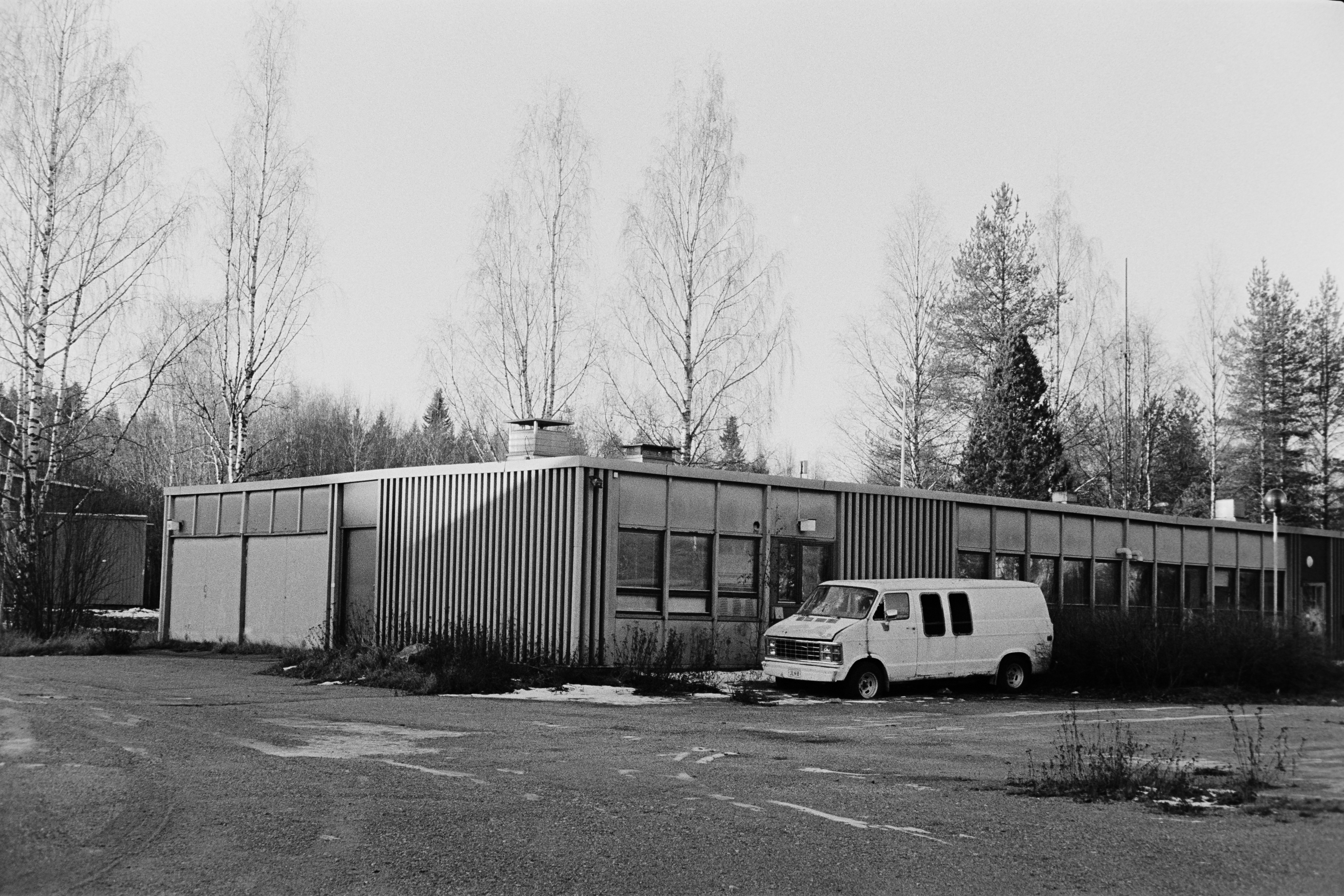
Konica IIIA 50mm F1,8 + TRI-X 400
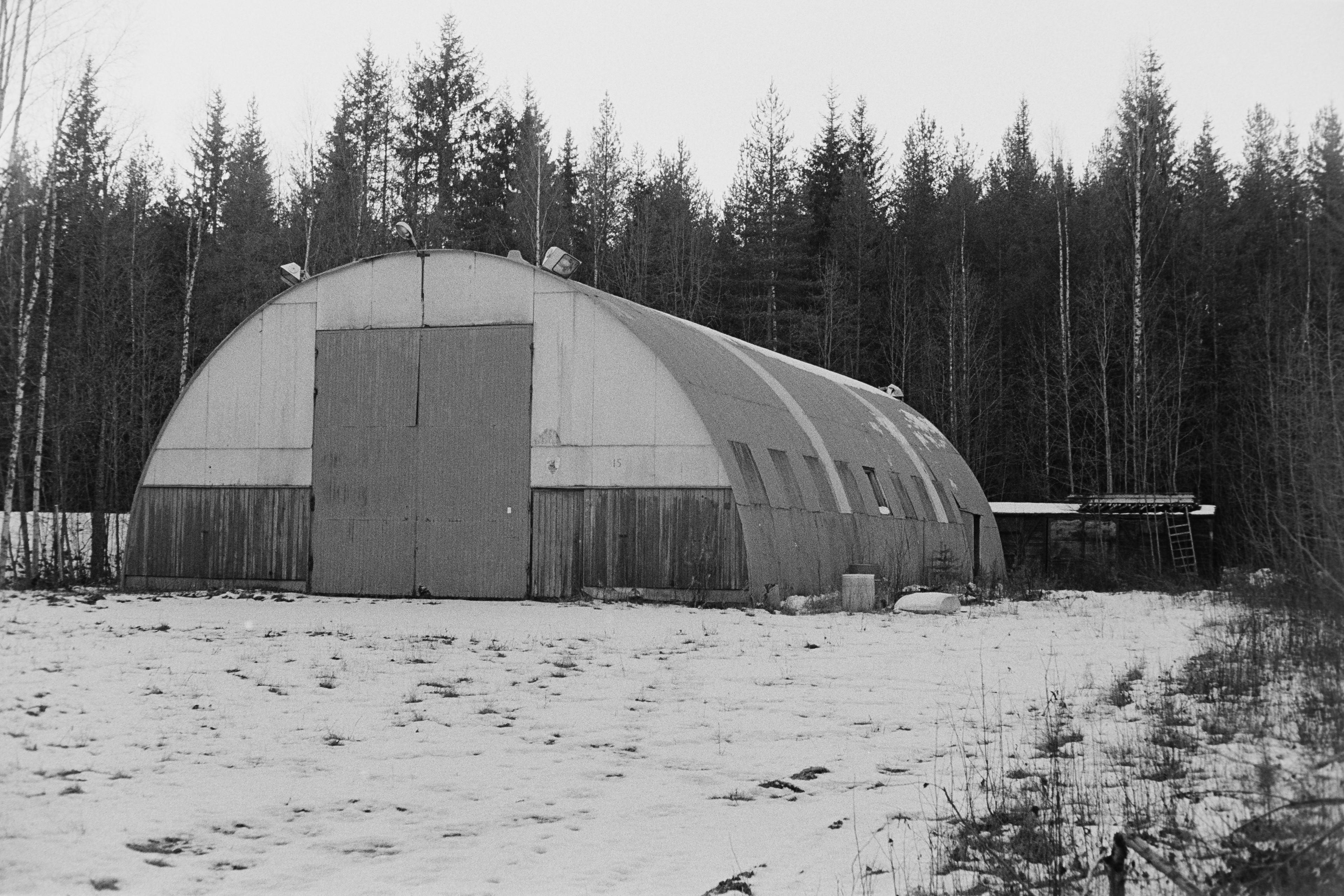
Konica IIIA 50mm F1,8 + TRI-X 400
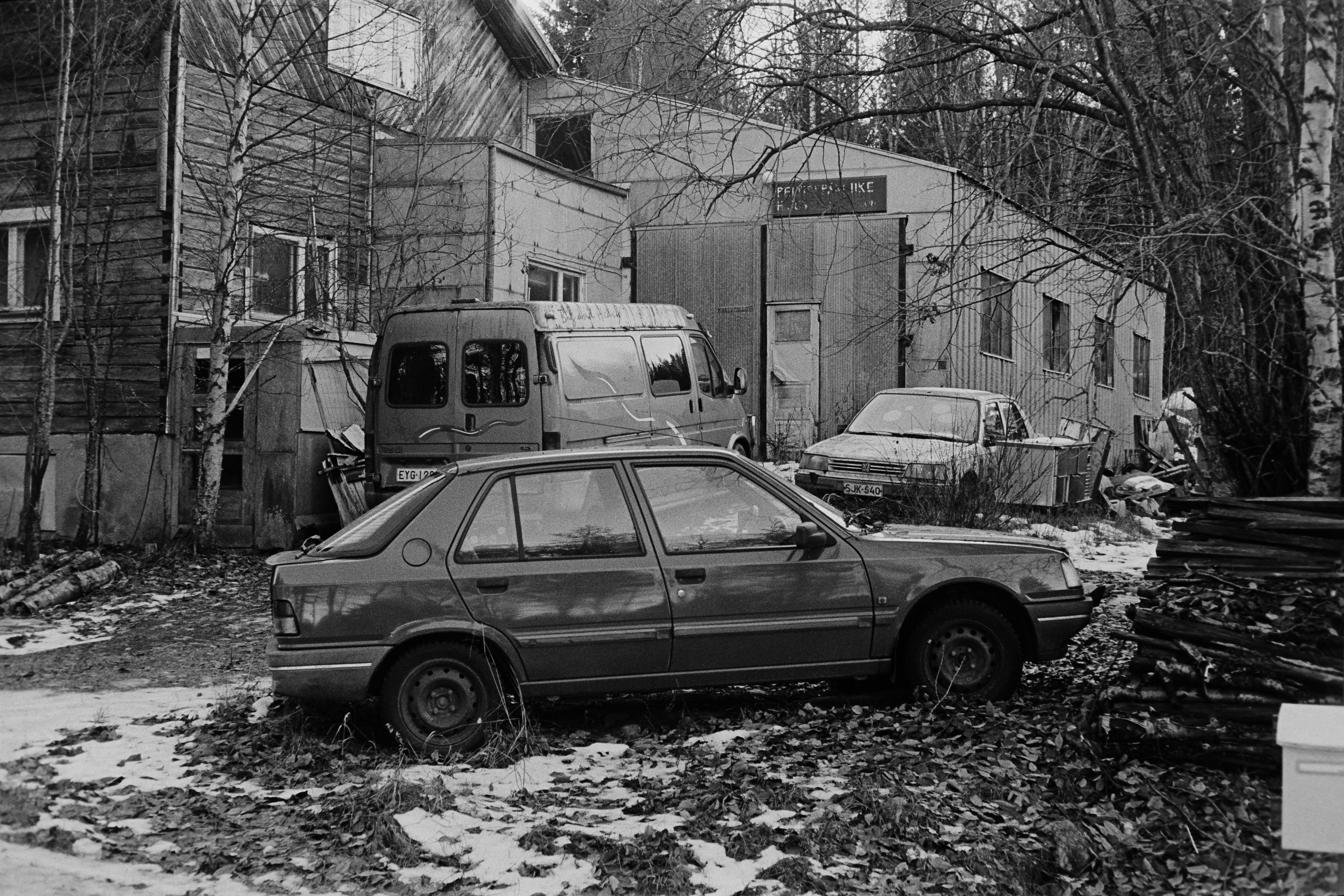
Konica IIIA 50mm F1,8 + TRI-X 400

Konica IIIA 50mm F1,8 + TRI-X 400

Konica IIIA 50mm F1,8 + TRI-X 400

Konica IIIA 50mm F1,8 + TRI-X 400

Konica IIIA 50mm F1,8 + TRI-X 400

Konica IIIA 50mm F1,8 + TRI-X 400

Konica IIIA 50mm F1,8 + TRI-X 400

Konica IIIA 50mm F1,8 + TRI-X 400

Konica IIIA 50mm F1,8 + TRI-X 400

Konica IIIA 50mm F1,8 + TRI-X 400
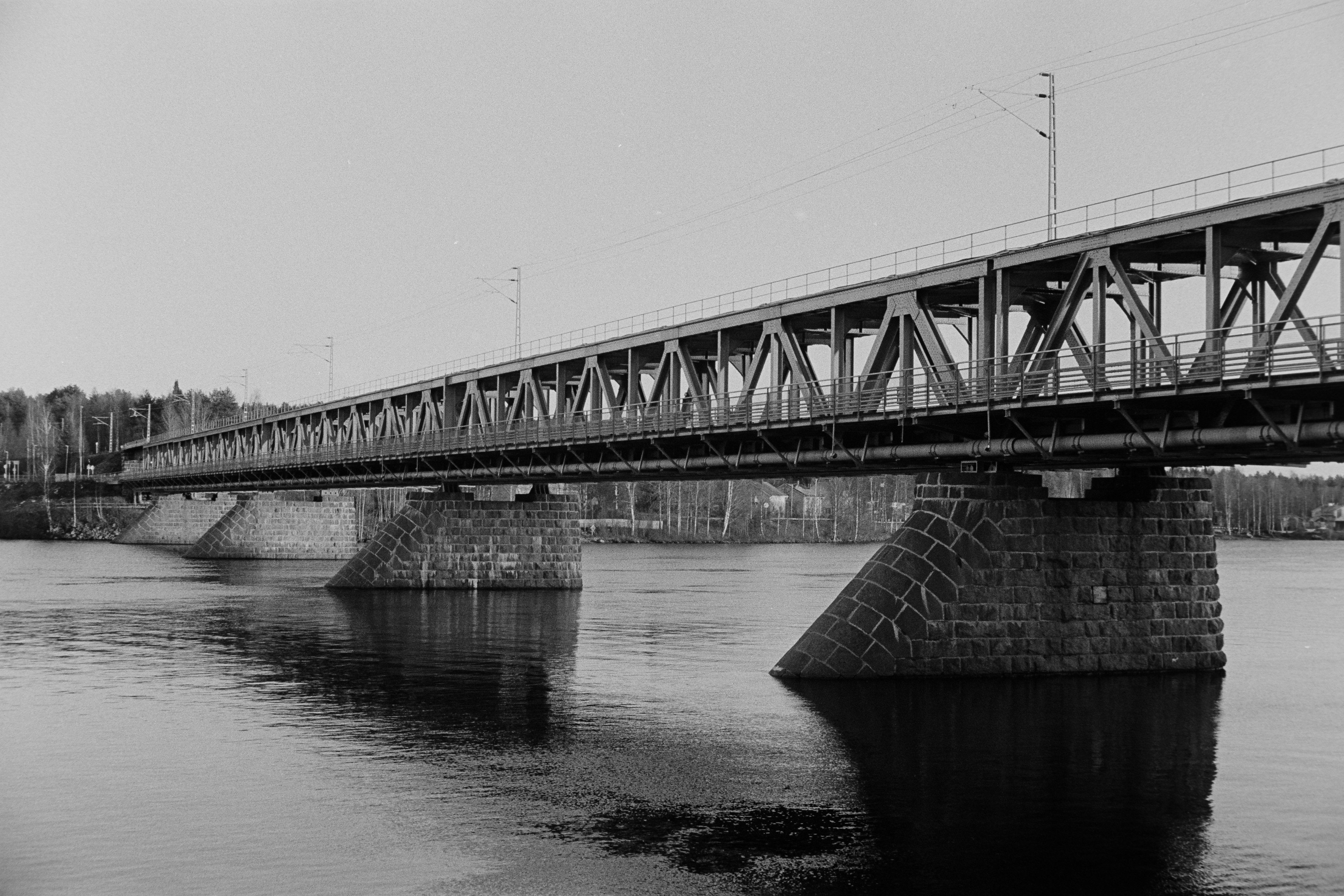
Konica IIIA 50mm F1,8 + TRI-X 400
Stroll around the town with Konica IIIA. I shot a roll of TRI-X 400 just to check that everything is working correctly after the complete CLA of the camera.

